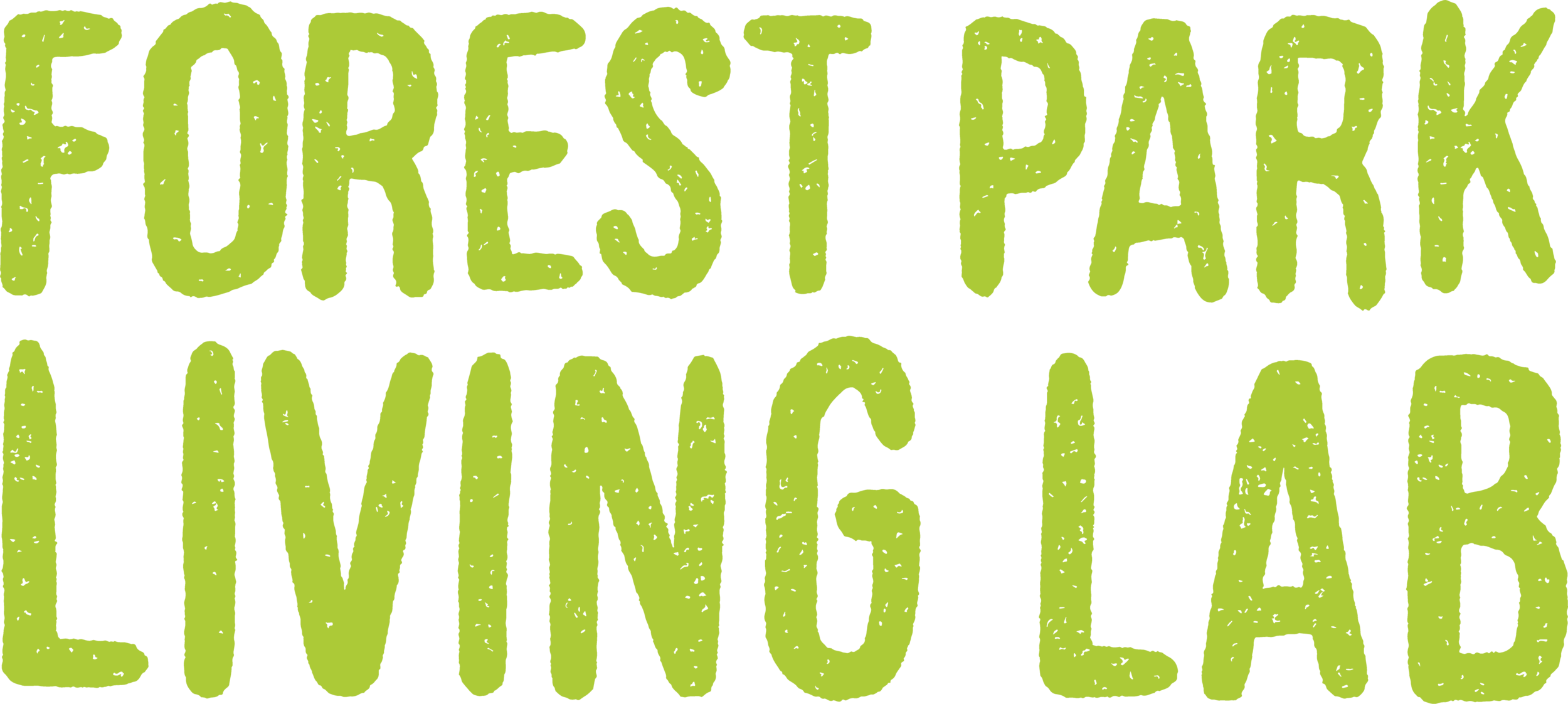Local students track Forest Park turtles
An important piece of the Forest Park Living Lab is outreach and education. By sharing the ecological wonders of St. Louis, we can inspire the next generation of naturalists, scientists, and nature-enthusiasts. Hands on experiences are key to our outreach approach. Read on to learn how we track turtles in Forest Park, and how students from across St. Louis participate in this research!
Three-toed box turtles are cold-blooded (ectothermic), terrestrial turtles that can be found in Forest Park and throughout Missouri. Populations of these turtles are generally in decline across the state. As turtles are increasingly exposed to dangerous road crossings and as they lose habitat to human development, understanding how these turtles move across the landscape is critical to protecting this species.
To study turtle movement, we glue a small radio-tracking tag to the turtle’s carapace (the upper part of its shell). These tags emit a unique radio-frequency that can be detected using a directional antenna. By walking in the turtles’ habitat and carrying the antenna around, researchers can follow the tag’s signal to locate individual turtles.
A box turtle with a tracking tag.
Through collaboration with local groups like the St. Louis Children’s Hospital, Gateway to the Great Outdoors, and public schools, local students have the opportunity to get engaged with this research. Through these collaborations, students go on field trips to Forest Park to learn about box turtle biology, movement ecology, and tracking technology firsthand. See some photos below of students exploring box turtle habitat and using antennas to locate turtles.
Looking for turtles in Forest Park!
A student using a handheld antenna to follow a tracking tag radio signal and locate a turtle!
Going where the turtles go! Tracking down turtles with radio tracking technology.




